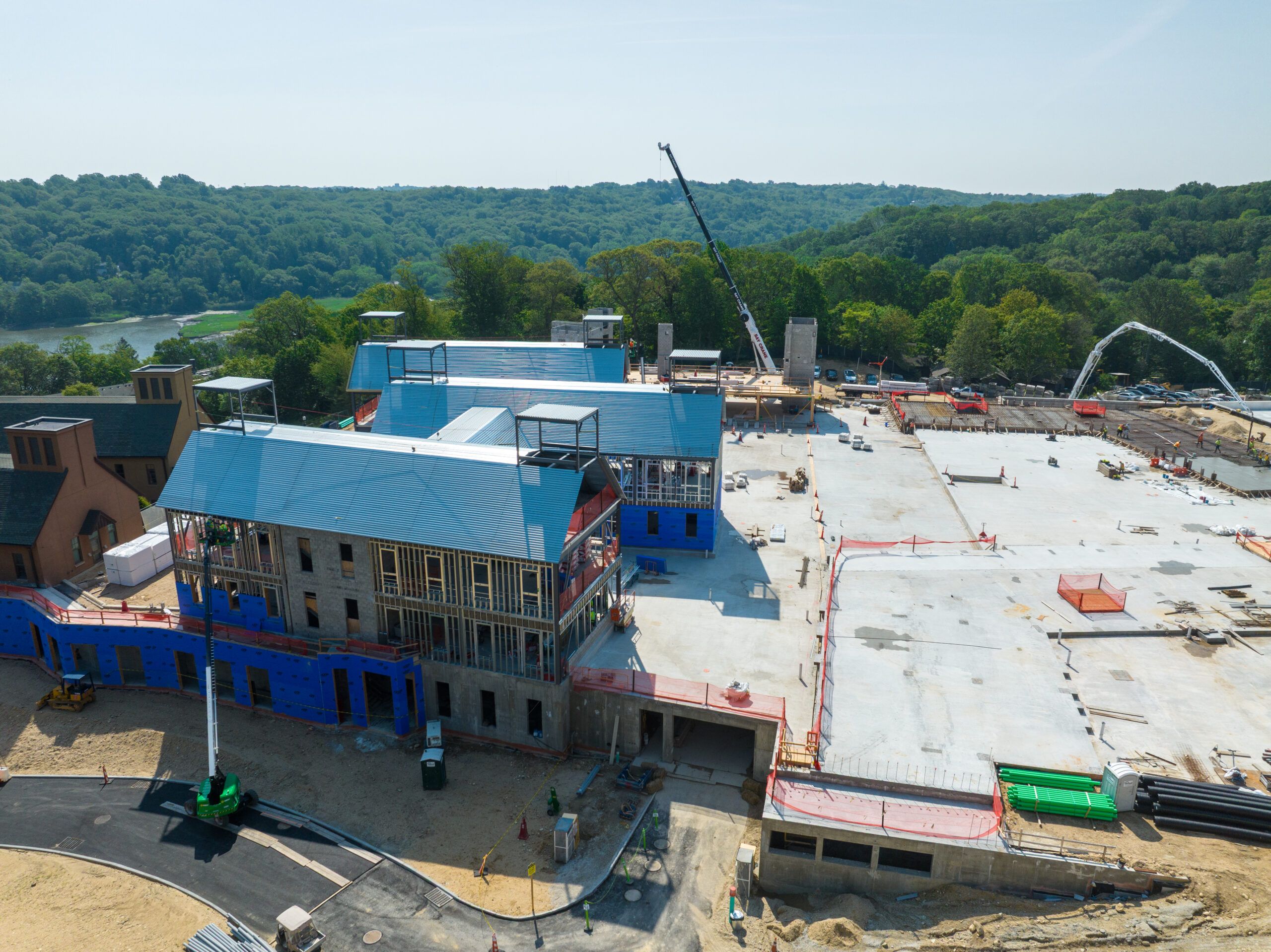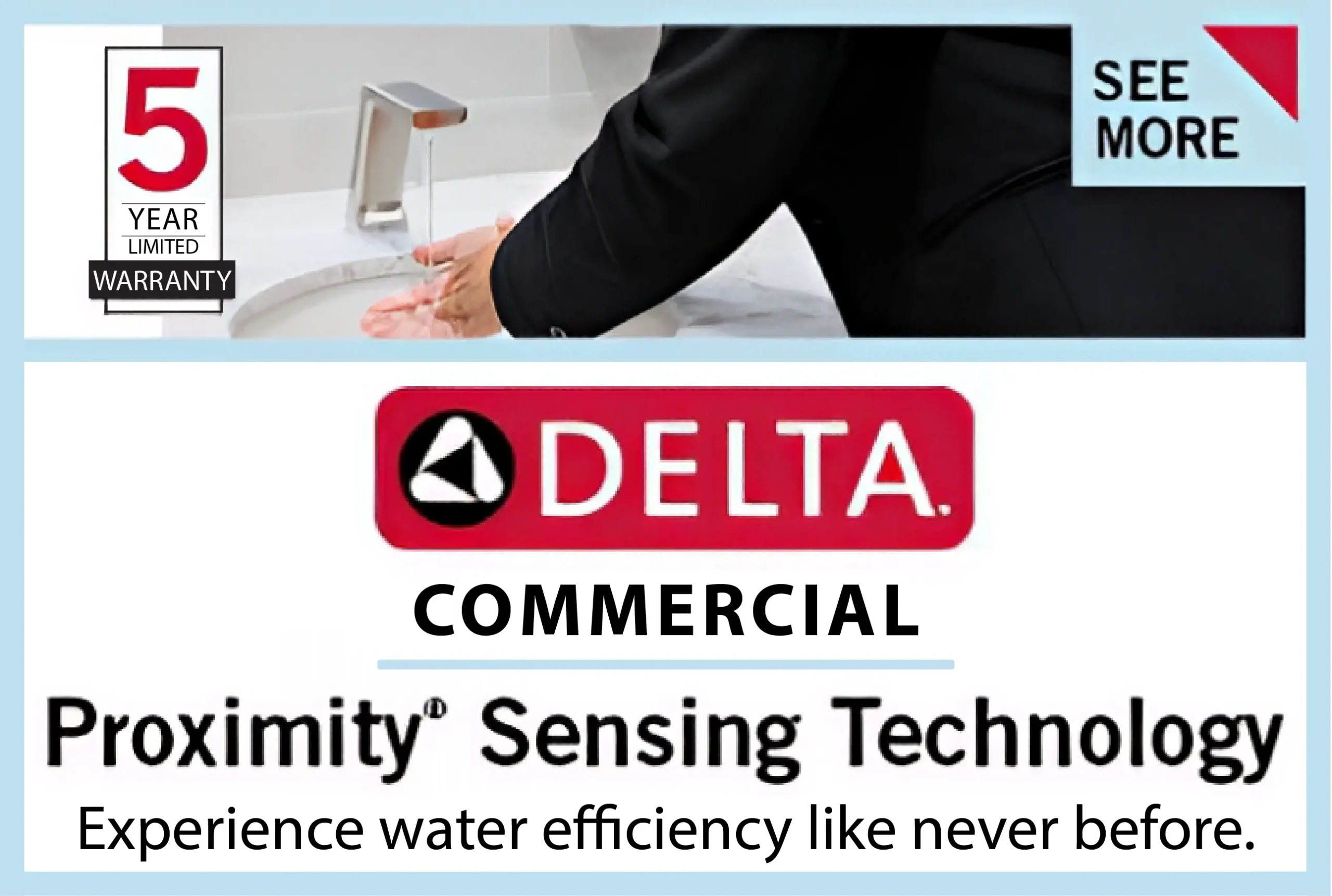Erosion may be a natural process, but when left unchecked, it can lead to serious structural and environmental issues. Whether you’re dealing with sloping land, waterfront property, or disturbed soil from construction, selecting the right erosion control method is vital for long-term stability and safety.
With various techniques and materials available, knowing when—and how—to hire a qualified erosion control contractor can make the difference between a successful outcome and costly rework. From shoreline erosion control to hillside stabilization, this guide will help you navigate the best options for your specific landscape.
Understanding the Threat of Erosion
At its core, erosion is the gradual wearing away of soil due to wind, rain, surface runoff, and human activity. Though often slow and subtle, erosion can accelerate quickly under the right conditions, especially after storms or construction disturbances.
If ignored, erosion can:
- Undermine foundations and retaining walls
- Pollute nearby water sources with sediment
- Destroy vegetation and habitats
- Create sinkholes or gullies
- Lower property value
This is where working with an erosion control contractor in Michigan becomes crucial. These professionals evaluate site-specific factors—like soil type, slope angle, water flow, and vegetation—and match them with control strategies that work.
When Is Erosion Control Necessary?
Many homeowners and property managers wait until erosion becomes visibly severe before taking action. However, the best time to implement a solution is often before the damage begins. Early signs include:
- Exposed roots
- Soil runoff after rain
- Cracking in nearby pavement
- Slumping or uneven slopes
- Water pooling where it didn’t before
If your property is near a lake, river, or other water body, shoreline erosion control becomes even more important. The combination of wave action, rising water levels, and heavy rain can rapidly deteriorate shoreline stability and safety.
Popular Erosion Control Methods
Choosing the right erosion control solution depends on your land’s geography, climate, and intended use. Below are some widely used methods, along with their ideal applications.
1. Vegetative Stabilization
Best for: Mild to moderate slopes, large open areas, and early prevention.
Grasses, shrubs, and trees create a natural barrier against runoff and wind. Their roots hold soil in place, while foliage helps slow water flow. This is often used in combination with other methods for maximum effectiveness.
2. Geotextiles and Erosion Control Blankets
Best for: Construction zones, slopes prone to runoff, and temporary stabilization.
Geotextiles are permeable fabrics that help reinforce the soil. Erosion control blankets, made from coconut fiber or straw, are commonly used after seeding to hold soil and moisture in place during plant establishment.
3. Riprap and Stone Barriers
Best for: Shoreline erosion control and high-flow water zones.
Riprap involves placing large stones or boulders along shorelines or steep embankments. It absorbs and deflects the energy of moving water, preventing it from washing soil away. This method is often employed by experienced erosion control contractors when long-term durability is needed.
4. Retaining Walls
Best for: Steep slopes, structural reinforcement, and residential landscaping.
Retaining walls provide both aesthetic appeal and functional stability. These walls counteract soil pressure and prevent slope failure. When designed by a skilled retaining wall contractor, they also help redirect surface runoff and control drainage.
5. Terracing
Best for: Agricultural land, steep hillsides, and erosion-prone gardens.
Terracing breaks a steep slope into a series of level steps, reducing the velocity of water runoff. It’s especially helpful for maintaining soil in areas used for planting or foot traffic.
The Importance of Shoreline Erosion Control
If your property borders a body of water, specialized shoreline solutions are often necessary. Unlike standard runoff scenarios, shoreline erosion involves constant exposure to waves, currents, and fluctuating water levels.
Techniques include:
- Riprap armoring
- Vegetated buffer zones
- Living shorelines using native plants and biodegradable materials
- Seawalls or revetments for high-risk areas
Choosing the wrong approach—or skipping control altogether—can lead to bank collapse, tree loss, and threats to nearby structures. A professional erosion control contractor will assess the conditions and determine the best way to preserve both function and natural beauty.
Factors to Consider When Choosing a Solution
Every property is different, so a one-size-fits-all approach doesn’t work. To choose the right erosion control method, consider the following:
1. Slope Severity
Gentle slopes may benefit from vegetation alone, while steep inclines often need mechanical reinforcement like retaining walls or terracing.
2. Soil Composition
Sandy or silty soils are more prone to displacement and may require heavier-duty solutions than clay-rich ground.
3. Water Flow
Assess how water moves across your property. Is there standing water, or does runoff concentrate in certain areas? High-velocity flow may call for drainage improvements or hardscaping.
4. Project Longevity
Is this a short-term fix during construction or a permanent solution for a finished landscape? Materials and techniques should be matched to the time frame.
5. Budget and Maintenance
Some erosion control options are cost-effective up front but require more maintenance, while others are more expensive to install but require little upkeep.
Working with a trusted company like Mountain Stone ensures you receive tailored recommendations based on experience and local conditions.
Why Hiring an Erosion Control Contractor Matters
While DIY solutions may work for very small areas, larger properties or those near water sources should always consult a professional. An erosion control contractor brings:
- Site analysis skills
- Access to specialized materials
- Permit and regulation knowledge
- Integration with other construction elements (like drainage or retaining walls)
They’ll also help avoid common mistakes like improper slope grading, poor drainage planning, or using the wrong plant species.
Conclusion
Erosion control is more than just protecting soil—it’s about safeguarding your property, your investment, and your surrounding environment. Whether you’re reinforcing a slope, restoring a shoreline, or planning long-term landscaping, choosing the right solution starts with proper evaluation.
Companies like Mountain Stone combine practical expertise with environmental sensitivity to deliver results that last. And with the right plan in place, you can build stronger, safer outdoor spaces—no matter what nature throws your way.











